
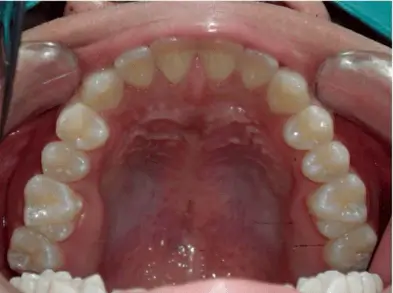
Inward-tilted front teeth, sometimes referred to as an anterior crossbite, can affect both appearance and function. Patients with this condition may notice that the upper front teeth sit behind the lower front teeth when biting, or that the smile looks uneven. Beyond aesthetics, untreated inward front teeth may cause uneven tooth wear, gum irritation, and even jaw discomfort over time. Orthodontic treatment provides an effective solution to correct this issue and restore both function and confidence.
The first step is a comprehensive orthodontic evaluation. This usually includes:
A detailed oral examination to check tooth position and bite relationship;
Dental X-rays (panoramic and cephalometric) to analyze roots and jaw growth;
A discussion about your concerns, whether it is difficulty biting, uneven smile, or long-term dental health.
This assessment allows us to design a personalized plan tailored to your unique dental condition.
Depending on the severity of the case, the treatment plan may involve:
Braces or clear aligners – to gently move the upper front teeth into the correct position;
Tooth reshaping or slenderizing (if necessary) – to create enough space for alignment;
Elastics or bite correction techniques – to improve how the upper and lower teeth fit together;
Retention phase – wearing a retainer after treatment to ensure long-term stability.
Every treatment plan is individualized, and we always explain each step clearly so you know what to expect.
Getting started: Braces or aligners are fitted, and the teeth begin moving gradually.
Space creation: If teeth are crowded, small adjustments or reshaping may be performed to provide enough room.
Tooth alignment: The inward front teeth are gently guided forward into their correct position.
Bite correction: Elastic bands or other methods may be used to balance the bite between upper and lower arches.
Retention: Once the teeth are properly aligned, retainers are used to maintain results.
For the best outcome, patients should:
Brush and floss carefully to keep teeth and gums healthy;
Avoid hard, sticky, or chewy foods that can damage braces or slow progress;
Attend follow-up appointments regularly for adjustments;
Wear retainers as instructed after braces or aligners are removed.
With orthodontic correction, inward-tilted front teeth can be repositioned into a natural and healthy alignment. This not only improves the smile but also helps distribute bite forces evenly, protecting teeth and gums. Patients often report easier chewing, improved speech clarity, and enhanced confidence in their appearance.
 collect
collect
Hospitals included
Products included
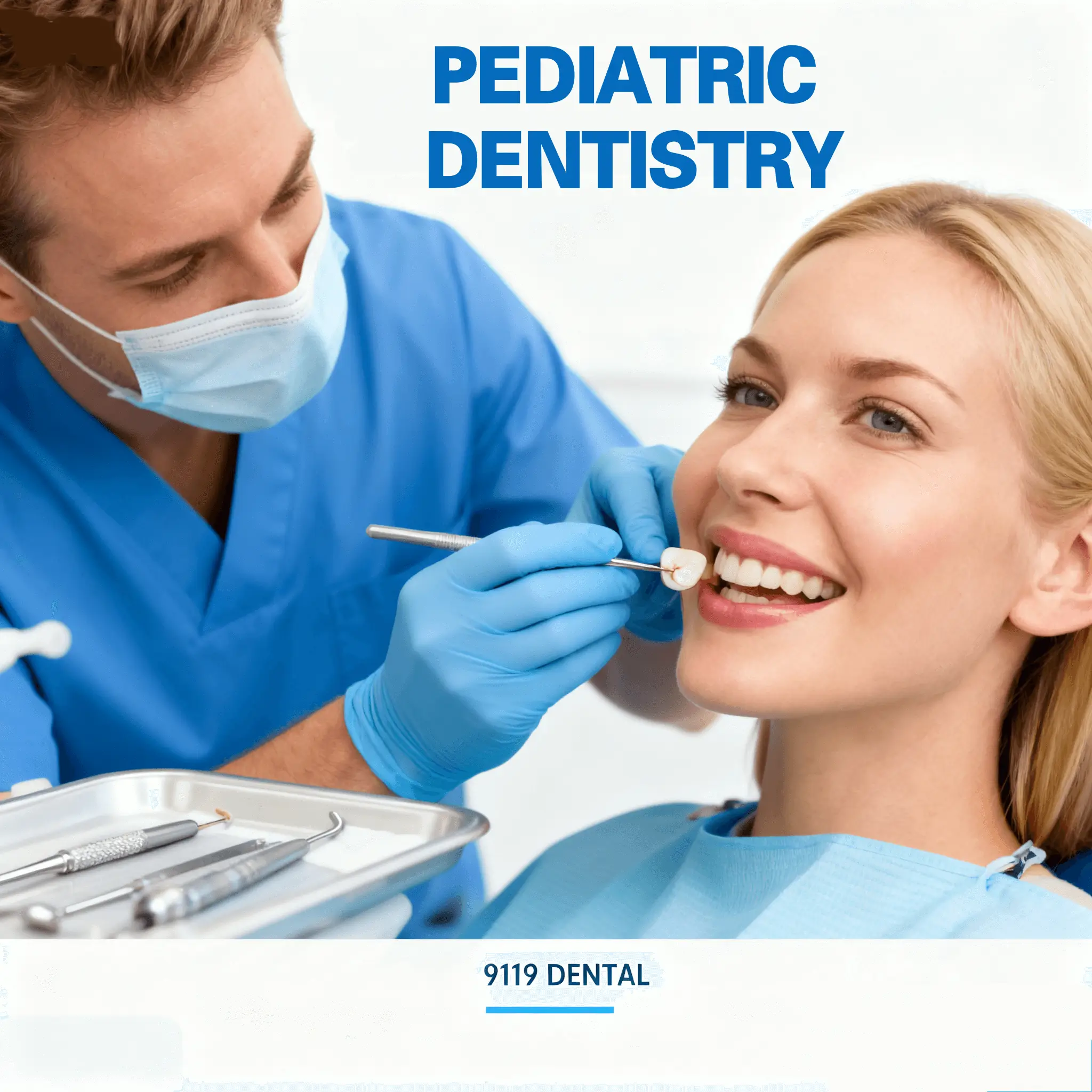
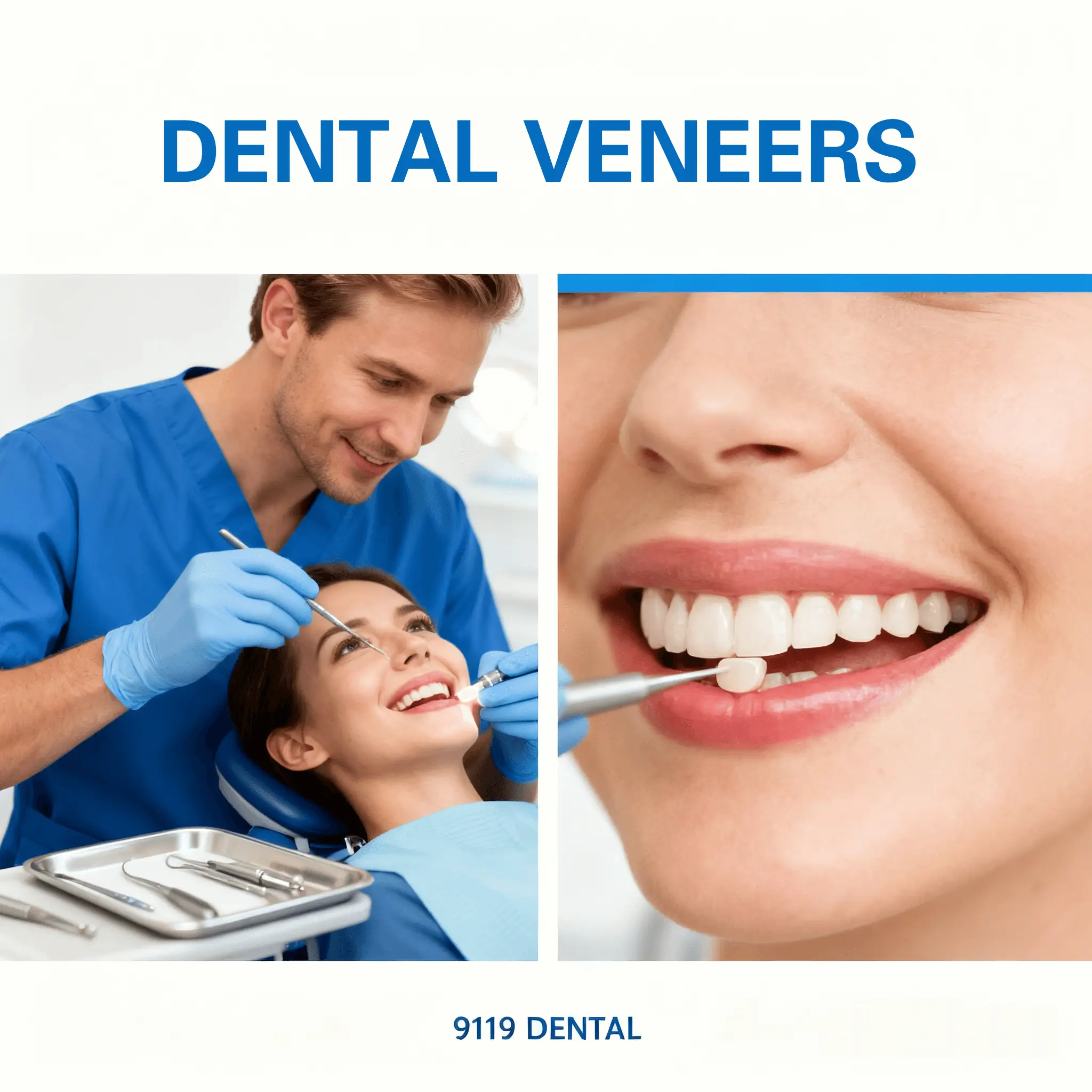
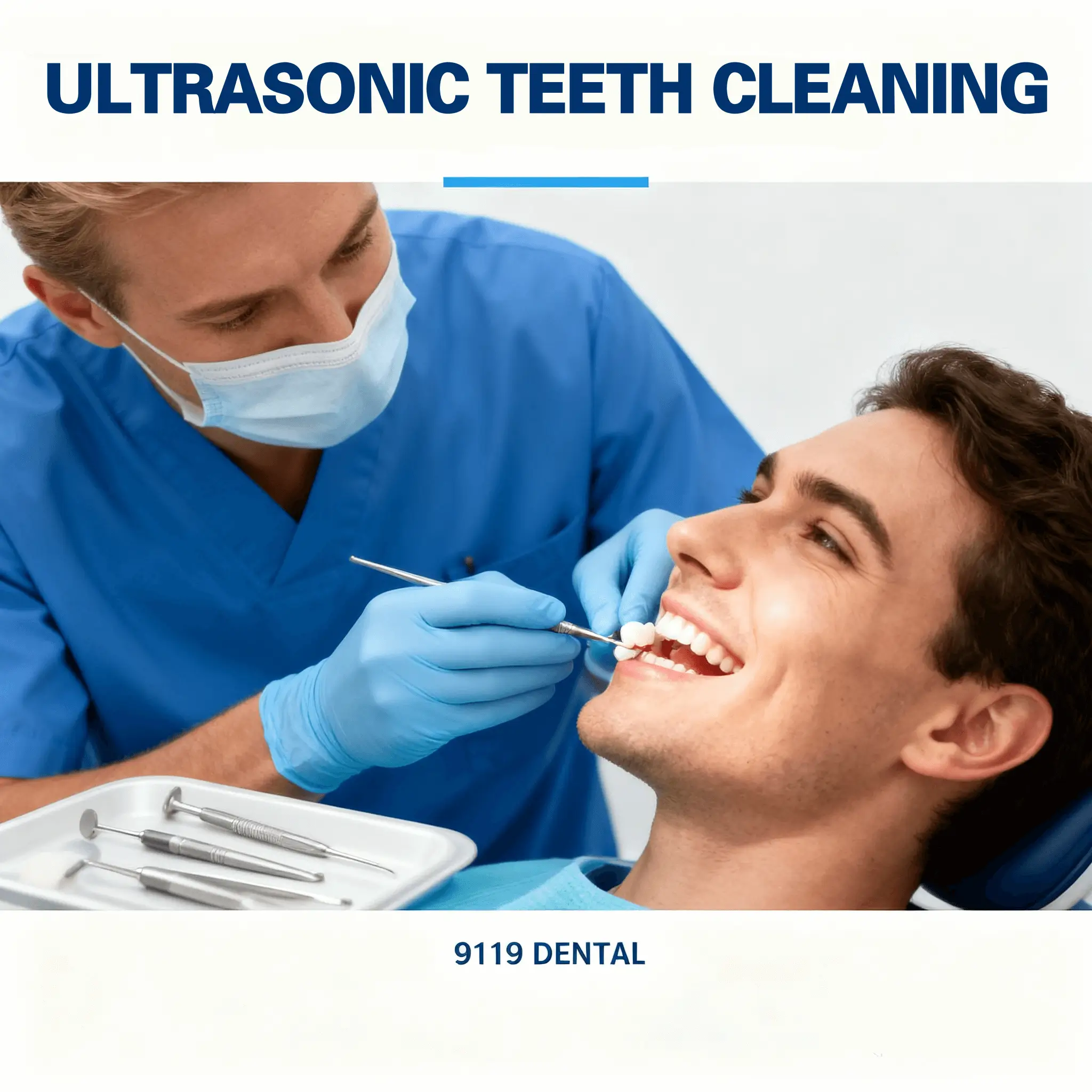
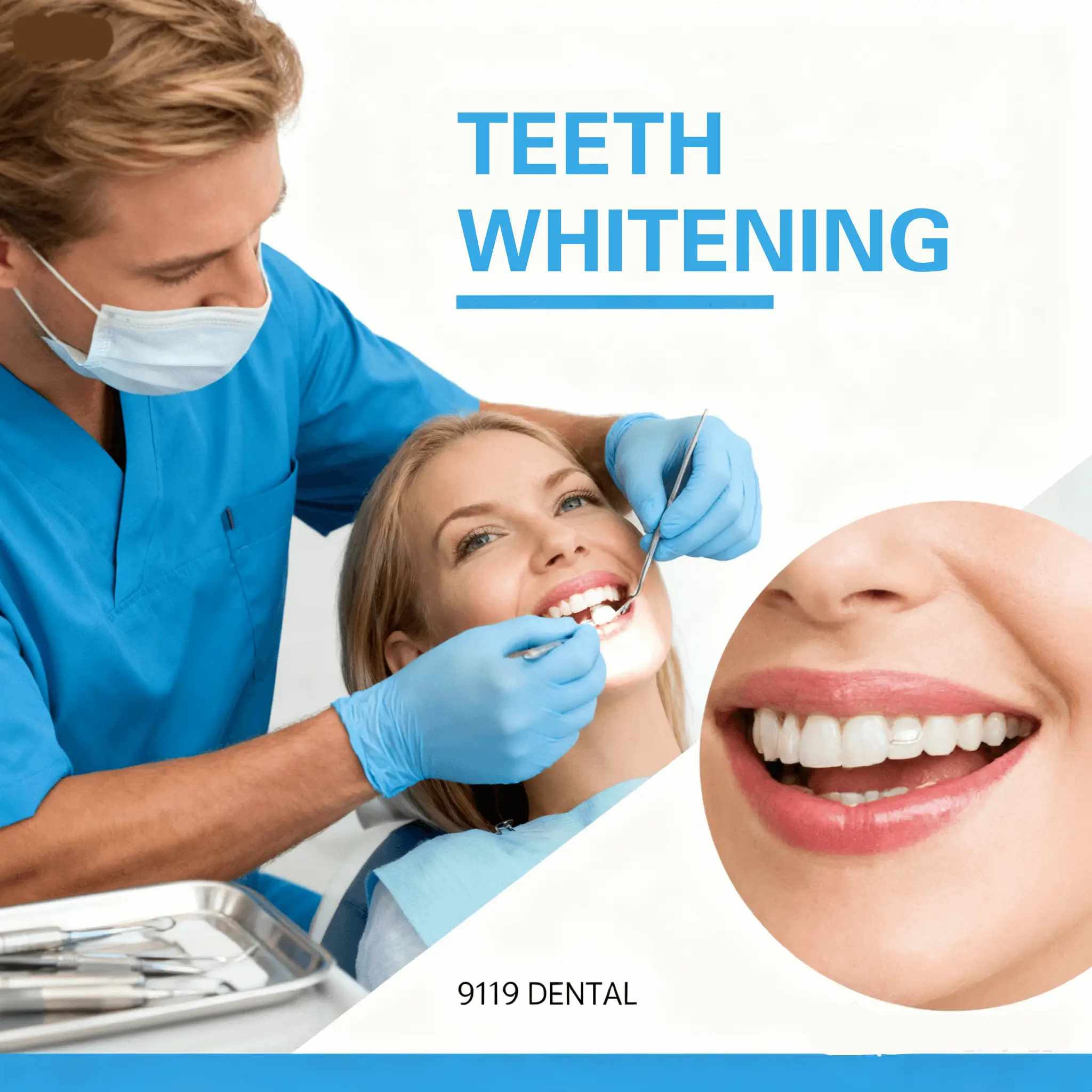
Suggested reads